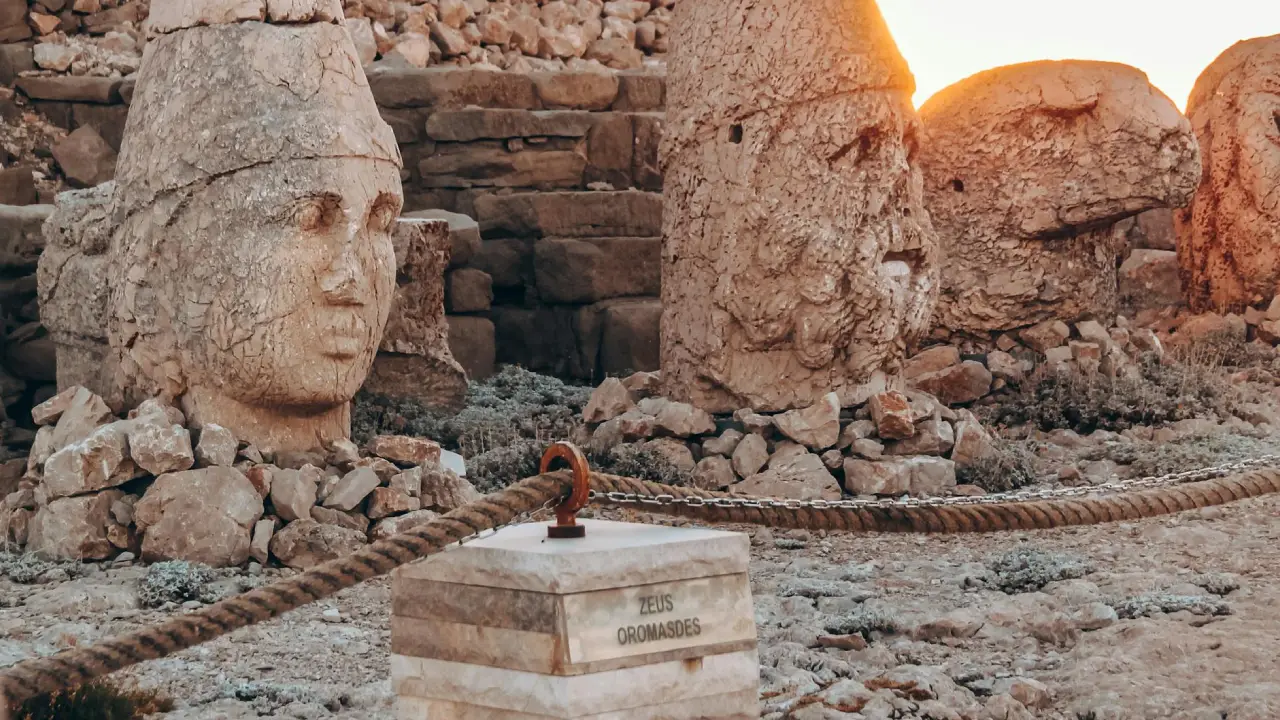Traveling is more than just ticking places off a bucket list. It’s about connecting with stories from the past, discovering the marvels of history, and stepping into the shoes of civilizations long gone. If you’re passionate about history, there’s no better way to immerse yourself than by exploring ancient ruins and monuments that have stood the test of time.
From grand temples to mysterious cities, ancient ruins are silent witnesses to centuries of human achievement. Whether you’re an avid traveler, history buff, or just someone seeking an unforgettable experience, these sites offer a rare glimpse into the past. Let’s dive into some of the world’s most fascinating ancient ruins and monuments you need to visit.
The Great Pyramids of Giza, Egypt
No list of ancient monuments is complete without Egypt’s Great Pyramids. The pyramids are the last surviving wonder of the Seven Wonders of the Ancient World. They have captivated millions for thousands of years. Built as tombs for Pharaohs, they mystify historians with their size and precise construction.
Visiting the pyramids offers a journey through time and showcases human engineering feats. A guided tour is the best way to explore this marvel. Experts provide valuable insights into its historical and cultural significance.
Travel Tip: Arrive early in the morning to avoid the crowds and the scorching afternoon heat. Don’t forget to explore the nearby Sphinx, another iconic structure with its own mysterious past.
Machu Picchu, Peru
Tucked away in the Andes Mountains, Machu Picchu is one of the most awe-inspiring ancient sites in the world. Explorer Hiram Bingham rediscovered this 15th-century Incan city in 1911, and it has since symbolized the Incan Empire’s brilliance and mystery. Perched on a mountaintop, it offers stunning views of the surrounding lush green valleys and rugged terrain.
Walking through Machu Picchu, you can’t help but feel the energy of this sacred place. The terraces, temples, and stone structures are a testament to the Incan civilization’s advanced understanding of architecture and agriculture.
Travel Tip: The best way to reach Machu Picchu is by hiking the Inca Trail. This multi-day trek isn’t for the faint-hearted, but it’s an unforgettable journey through ancient paths used by the Incas.
Petra, Jordan
Petra, often referred to as the “Rose City” due to the pink hue of its sandstone cliffs, is a site that will leave you breathless. Carved into the rock over 2,000 years ago by the Nabataeans, Petra was a thriving trading hub in the ancient world. Today, its stunning architecture, including the famous Treasury (Al-Khazneh) and Monastery (Ad-Deir), draws millions of visitors annually.
As you walk through the narrow Siq that leads to Petra, you’ll feel a sense of wonder as the Treasury comes into view. It’s a surreal experience that makes you appreciate the craftsmanship and determination of the Nabataeans.
Travel Tip: Plan for at least two days to explore Petra fully. A night-time visit, when the Treasury is lit by candlelight, offers a magical experience unlike any other.
The Colosseum, Italy
Rome’s Colosseum is a monument that needs no introduction. Once the site of gladiatorial contests and public spectacles, this ancient amphitheater remains an iconic symbol of Roman engineering and entertainment. With a capacity to hold up to 80,000 spectators, the Colosseum was the largest amphitheater ever built.
Today, it stands as a powerful reminder of Rome’s imperial might and the grandeur of ancient Roman civilization. A guided tour helps you uncover the stories of gladiators who fought there, emperors who ruled, and the incredible architectural techniques behind building such a massive structure.
Travel Tip: To avoid long lines, buy your tickets in advance or book a night tour when the Colosseum is beautifully illuminated and less crowded.
Angkor Wat, Cambodia
Angkor Wat is the largest religious monument in the world and a true wonder of ancient engineering. Originally constructed as a Hindu temple in the 12th century by the Khmer Empire, it later transitioned to a Buddhist site, and today it remains one of the most significant cultural landmarks in Southeast Asia.
The intricate bas-reliefs and towering spires of Angkor Wat are mesmerizing, but the entire Angkor Archaeological Park, which spans over 400 square kilometers, is worth exploring. Here, you’ll find the famous Bayon Temple, known for its massive stone faces, and Ta Prohm, a temple overrun by jungle roots, creating a hauntingly beautiful scene.
Travel Tip: The best time to visit Angkor Wat is at sunrise when the temple is bathed in a golden glow, creating picture-perfect moments for travelers.
The Acropolis, Greece
Sitting atop a rocky hill in the heart of Athens, the Acropolis is one of the most iconic ancient sites in Europe. It’s home to the Parthenon, a temple dedicated to the goddess Athena, and several other notable structures, including the Erechtheion and the Temple of Athena Nike.
The Acropolis not only serves as a reminder of ancient Greece’s cultural and architectural achievements but also offers panoramic views of modern Athens. Walking through these ancient ruins, it’s easy to imagine the philosophers, artists, and leaders who once roamed these grounds.
Travel Tip: The Acropolis Museum, located nearby, houses many artifacts found on-site and is an excellent way to deepen your understanding of ancient Greek history.
Chichén Itzá, Mexico
Chichén Itzá is one of the most well-preserved ancient Mayan cities and is a UNESCO World Heritage site. Dominated by El Castillo, Chichén Itzá served as a key political and religious center for the Mayans. Its structures, like the Great Ball Court and Temple of the Warriors, showcase Mayan architectural and scientific skills.
El Castillo’s design aligns with the sun’s movements during equinoxes. Shadows create the illusion of a serpent slithering down the pyramid.
Travel Tip: Arrive early to beat the crowds and the midday heat. If possible, visit during the spring or autumn equinox to witness the serpent-shadow effect.
Stonehenge, England
Stonehenge is one of the world’s most famous prehistoric monuments, yet its purpose remains shrouded in mystery. This ring of massive standing stones, located in the English countryside, dates back to 3000 BC and has puzzled historians, archaeologists, and astronomers for centuries.
Some theories suggest that Stonehenge was used as an astronomical observatory, while others believe it was a sacred site for rituals. Whatever its original purpose, it’s hard to deny the powerful atmosphere that surrounds this ancient structure.
Travel Tip: Stonehenge is best visited during the summer solstice when the rising sun aligns perfectly with the stones, creating a magical and spiritual experience.
History Awaits Your Exploration
Exploring ancient ruins and monuments is a powerful way to connect with history. Each site tells a unique story of the people, cultures, and civilizations that shaped our world. Whether you find yourself marveling at the pyramids in Egypt or wandering through the sacred temples of Cambodia, these experiences leave a lasting impression.
So, when’s your next adventure? Which ancient ruins are on your travel list? Share your thoughts and experiences in the comments below!





